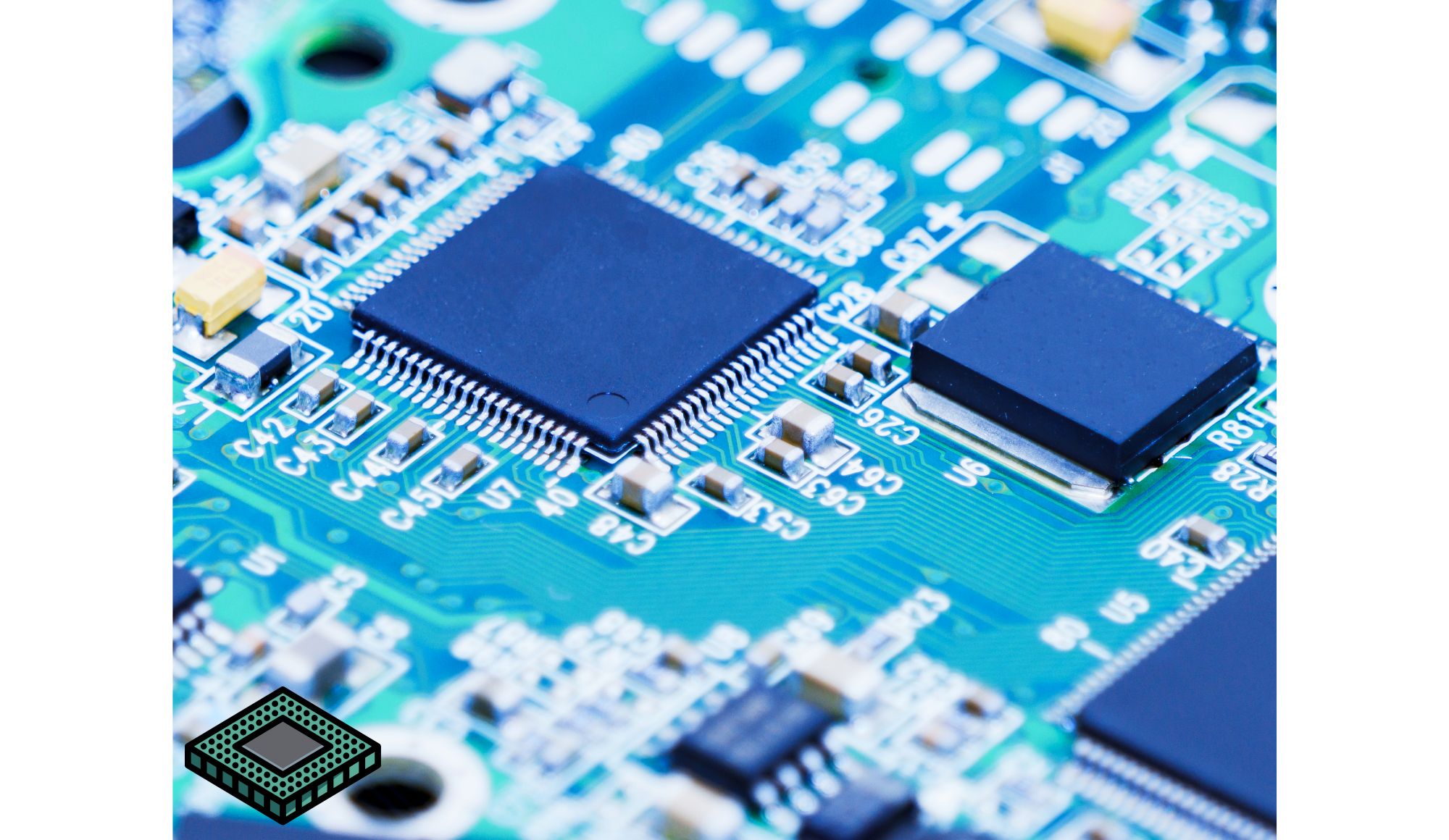Will NVIDIA 2x Over The Next Year?
The introduction of the Chinese generative AI model has created a storm on Wall Street, and tall trees are the first to bear the brunt of it. Big tech names have shown weaknesses and AI-related stocks have faced issues as the fear of the new-gen AI model, DeepSeek, and circumstances surrounding its creation spread through the market.
The trillion-dollar chip giant NVIDIA Corporation (NASDAQ:NVDA) is one such stock that has faced weaknesses in the event of the AI launch. Over the past month, the company’s stock has declined by more than 14%. Yet, it must also be mentioned in the same breath that over the past 10 years, NVIDIA’s stock has gained close to a whopping 25,000%.
We look into NVIDIA and what’s happening a bit more closely to see whether it can go back to its boisterous growth and double over the next 12 months.
Key Points
- China’s DeepSeek AI model, built with fewer chips, raised concerns about NVIDIA’s dominance, wiping nearly $600 billion off its market cap.
- Despite setbacks, NVIDIA’s revenue surged 94% YoY to $35.08B, with persistent innovation in AI and strong demand from major tech firms.
- Analysts see upside to $173 per share.
OpenAI was Crucial to Nvidia’s LaunchPad
The reason for NVIDIA’s growth and trillion-dollar company status has undoubtedly been AI. The company became a chip industry juggernaut and the gold standard by powering AI applications via its graphic processor units (GPUs).
Demand was overwhelming and NVIDIA figured out the right pricing strategy, placing a $30,000 tag on its most popular GPUs which were snapped up by everyone from Meta to Alphabet.
The chips were superior to conventional central processing units and, while originally built for the gaming market, had wide application among the likes of OpenAI and other LLMs.
GPUs are special in that they permit parallel processing and so allow datacenters to scale up supercomputing and run millions of calculations quickly.
The tectonic shift came when ChatGPT, the generative AI model, launched and took the world by storm a couple of years ago. When it was discovered that the model was trained on thousands of NVIDIA GPUs, the stock really took off.
What’s Next for NVIDIA?
NVIDIA is now turning its attention toward advanced computing. NVIDIA’s CEO, Jensen Huang, made sure to highlight this in his latest keynote speech.
The GeForce RTX 50 Series desktop and laptop GPUs connect NVIDIA back to its gaming roots. This chip also came out from its latest Blackwell infrastructure. It also launched its new series of AI models (called “Cosmos”) to help with robotics and vehicles. Huang also announced a new supercomputer buildout.
The renewed focus comes as welcome news for shareholders after a turbulent start to the year when the chip juggernaut was derailed by the news that DeepSeek was reportedly as powerful as OpenAI but trained on far fewer chips.
Why buy NVIDIA chips if more efficient algorithms circumvent them? After all, DeepSeek launched R1, a reasoning model that outperformed OpenAI’s o1 model on multiple third-party tests. It was said to be developed over two months and with a meager budget of less than $6 million.
While the main threat of this gen AI is frankly to OpenAI, whose AI models were enjoying dominance in a growing market, the need for high volumes of NVIDIA chips was also called into question. R1 was built on NVIDIA’s H100 chips, as the U.S. banned the sale of advanced AI chips to China.
The clear inference was that an AI model can be built without hyper-advanced chips and that the U.S. isn’t the only player in the AI field. This essentially calls into question whether spending more on computing chips translates into a better AI model. NVIDIA lost close to a whopping $600 billion in market capitalization after the DeepSeek R1 launch (just for the record, that’s higher than the market cap of some major firms), marking the biggest drop in the history of the U.S. market.
What Now for NVIDIA Corporation?
The threat to NVIDIA hasn’t been tabled entirely now that the Trump administration is potentially going to apply stricter tariff policies. His tariffs could put pressure on the famous Taiwanese chipmaker Taiwan Semiconductor Manufacturing Company Limited (NYSE:TSM), a key NVIDIA supplier.
On the other hand, chip spending is unlikely to show a significant slowdown. For instance, Meta Platforms (NASDAQ:META) CEO Mark Zuckerberg dismissed the idea that DeepSeek’s breakthrough would dampen the company’s spending on AI. So, NVIDIA shareholders likely have a lot to still look forward to in terms of general market demand for advanced AI-powering chips.
In terms of the numbers, management last reported third quarterly results for fiscal 2025 in the quarter that ended on October 27. They reported 94% growth in its revenue from the prior year’s period to $35.08 billion.
The AI steamroller translated to the bottom-line financials when net income (on a non-GAAP basis) went up by 100% year-over-year to $20.01 billion. Just looking at the top line trajectory, the company has come a long way. Compared to the fourth quarter of fiscal 2023, NVIDIA’s revenue is six times higher.
So, besides all the noise DeepSeek is creating, there is not much fundamentally wrong with NVIDIA. The stock still shows a more than 45% potential upside at the moment, so while not exactly doubling, the company can still reward investors by a lot. Therefore, this could be a “dip-seeking” opportunity for investors.
Can NVDA Double in the Next 12 Months?
It’s highly unlikely that NVDA will double in the next 12 months because it’s already a $3 trillion market capitalization company and so the law of large numbers will act as a strong headwind.
On a valuation basis, NVIDIA still has meaningful upside however to $173 per share according to the consensus among 54 analysts.
It’s worth highlighting that a discounted cash flow forecast suggests $121 per share is fair value so perhaps take analysts’ forecasts with a pinch of salt.



